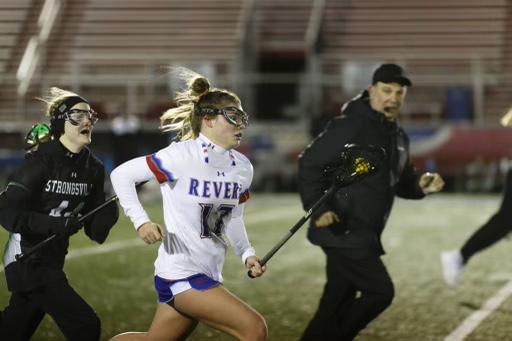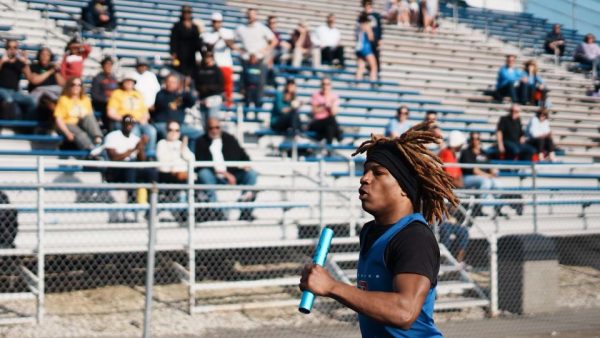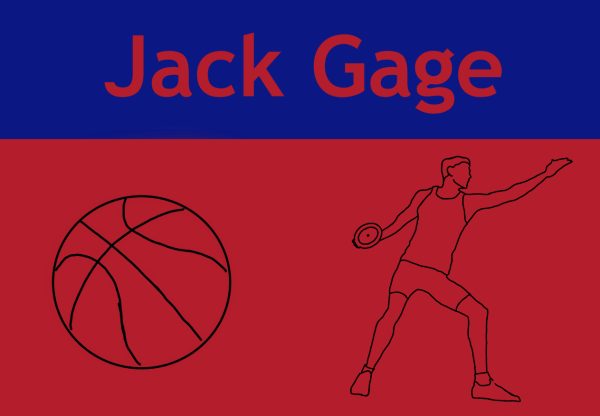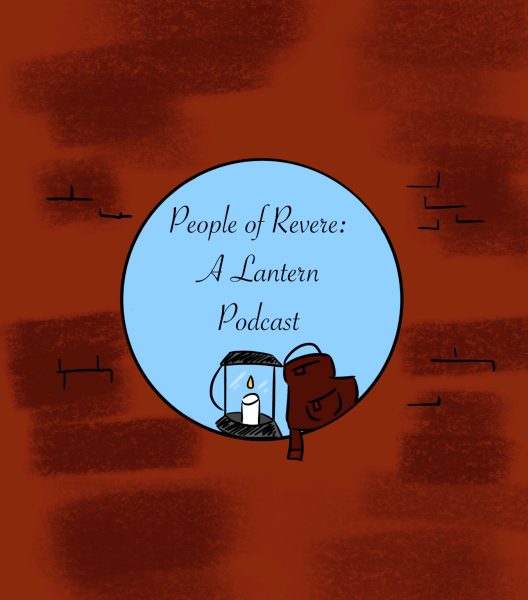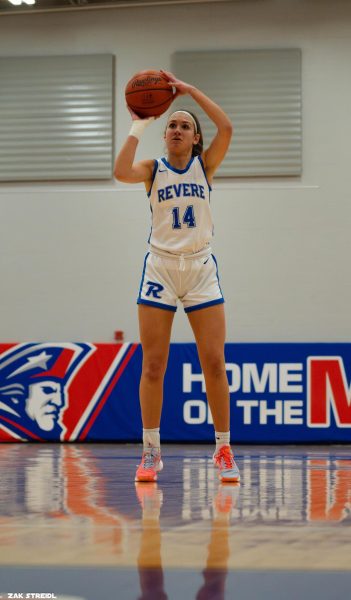Are the health risks of football too great?
I cannot imagine a more exciting and dynamic game than football. For me, it doesn’t get much better than watching Julius Thomas run back an 84 yard punt for a touchdown to set a Patriots franchise record, or Tom Brady throwing a bullet touchdown pass. However, the health risks caused by this game cannot be ignored.
Most NFL fans will remember Junior Seau, the twelve time Pro Bowl linebacker for the San Diego Chargers, or Tony Dorsett, the dominant running back for the Dallas Cowboys. Both of these NFL giants as well as many other players suffer from Chronic Traumatic Encephalopathy (CTE). According to the Boston University CTE Center, CTE is a progressively degenerative disease of the brain, and is associated with “memory loss, confusion, impaired judgment, impulse control problems, aggression, depression, and, eventually, progressive dementia.” A study by the Department of Veteran’s Affairs Brain Repository found that 101 players, or just under 80 percent of 128 football players who, before their deaths, played the game professionally, semi-professionally, in college or in high school tested positive for CTE.
This data raises obvious questions about the future of the NFL and football at large. If the game so many of us love to watch causes such traumatic injury to the men who play, is it even moral to support the game and organizations that damage these players so deeply?
Obviously most of the NFL’s audience is either unaware of the damage the game does to the men who participate, or they don’t care enough to stop watching. I would argue that because this data about the health risks of football is in the public sphere, high school, college, and NFL players all have the option to not participate. At the professional level players make so much money that many play regardless of the potential health risks, either for the money or for their love of the game.
However, a lawsuit filed by over 18,000 players suffering brain/head trauma against the NFL ended with a settlement paid by the NFL of over 765 million dollars. Many believe the NFL knew about the dangers of CTE and concussions long before it warned players of the risks associated with the game, and settled to sweep those suspicions under the rug. Regardless of the truth of these accusations, the NFL needs to do more to protect and inform players of the health risks associated with the game. I personally play football, but I don’t know if I would continue playing in light of this information, even if I was good enough for the collegiate or professional level (I am not).
Dr. Ann McKee (Not related to me!), the neuropathologist who directs the Veterans Affairs Brain Bank talked about how the risks involved with football increase dramatically at the higher levels of the game. The risk to high school players is substantially lower than the risk involved with collegiate or professional level. The collisions and tackles are much weaker, and the general pace of the game is much slower. However, the risks still need to be considered.
Through all levels of football, fans and players need to ask themselves whether the health risks posed by concussions and CTE are worth playing through. How fans answer that question could seriously change the futures of high school, college, and professional players.





